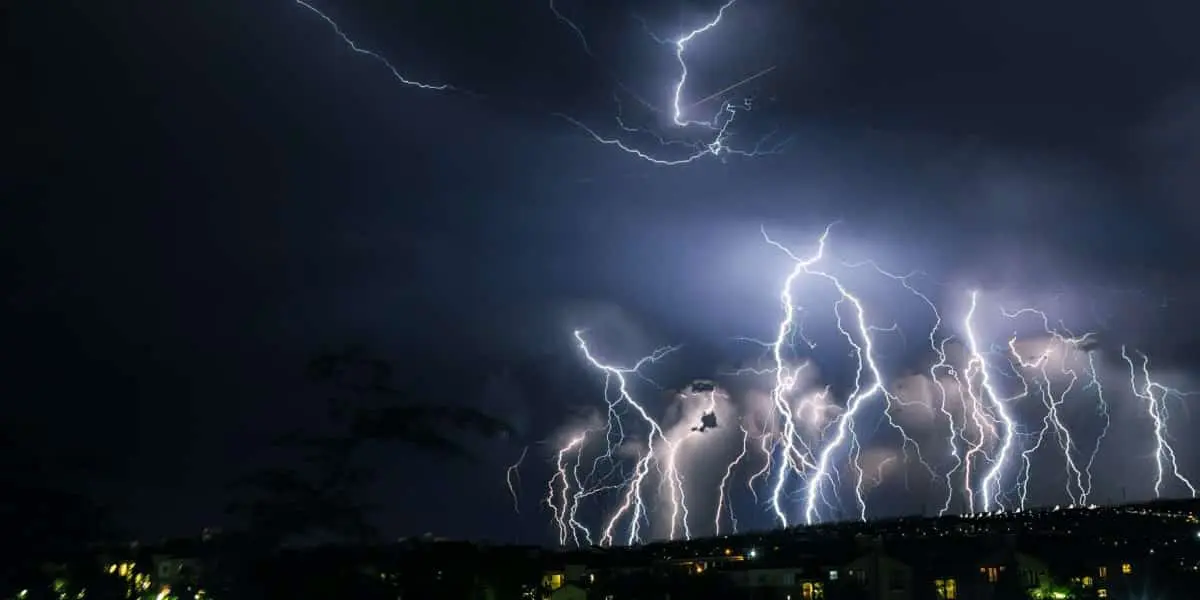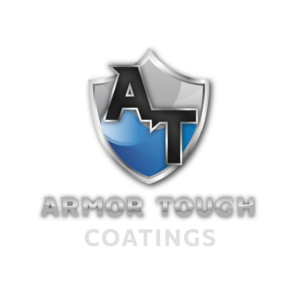How Weather Conditions Can Impact Your Industrial Protective Coatings

Using industrial protective coatings offers your equipment and facilities a whole host of benefits, including protection from corrosion, chemicals, salt, extreme temperatures, and weather conditions.
However, as strong as industrial protective coatings are once they’re applied and cured, conditions have to be just right during their application in order for them to be effective. If you try to apply an industrial coating during certain weather conditions, it can ruin your application altogether and render the coating ineffective.
Here’s how certain weather conditions can impact your industrial protective coatings:
Temperature
The colder the temperature, the more likely it is to impact your protective coatings. This is why late spring, summer, and early fall are among the most ideal times to apply industrial coatings.
Most coatings are formulated to be applied at temperatures of 50 degrees Fahrenheit or more, as this is the ideal temperature range for the coating to adhere to the substrate that’s being treated. If you apply the coating at anything below 50 degrees (or whatever the listed temperature range is on your specific coating), you risk slowing down the chemical reactions between the hardener and the base.
Cold weather also can impact how solvents in the coating evaporate. If the solvents cannot properly evaporate, you may end up with aesthetic issues such as discoloration, blushing, and loss of gloss.
Prior to applying your protective coating, check to make sure that temperatures will be within the recommended range both while you’re applying the coating and for several hours after. Temperature shifts during the curing process, which can take several hours, also can impact your industrial coating.
A good rule of thumb is that your protective coating should remain in the ideal temperature range for at least 24 hours. Planning for this ideal range for up to 48 hours, though, is going to give you the best chance at a solid application.
Do keep in mind that extreme heat can also impact the application process for protective coatings, causing them to peel before the bottom layer has enough time to dry. Drying too quickly can lead to imperfections on the surface such as blistering and bubbling, so don’t attempt to speed up the drying process with heaters.
Humidity
Much like extreme temperatures, humidity can greatly impact your industrial protective coatings.
Too much humidity can lengthen the drying process, especially for acrylic- or latex-based coatings. This can cause aesthetic imperfections and may even cause your coating to not adhere properly.
When choosing a time to apply your coatings, check that the humidity level is as ideal as possible, preferably at or under 50 percent. As with temperature, you’ll want these humidity levels to be as steady as possible for 24 to 48 hours after application of your coating to support the curing process.
Rain
You cannot apply protective coatings when it’s raining, both because of the rain itself and because of the higher humidity levels.
Additionally, you need the location where you’re applying the coatings to be rain-free for at least a full 24 hours during the drying and curing process, so check the long-term forecast prior to applying your coatings.
Industrial Painting Contractor in Metro Detroit
Your industrial equipment is a huge investment, and you want to make sure it remains in top condition for as long as possible. At Armor Tough Coatings, we give you the professional results you deserve from our industrial painting services with as little interruption to your regular business as possible. Schedule your consultation today!


